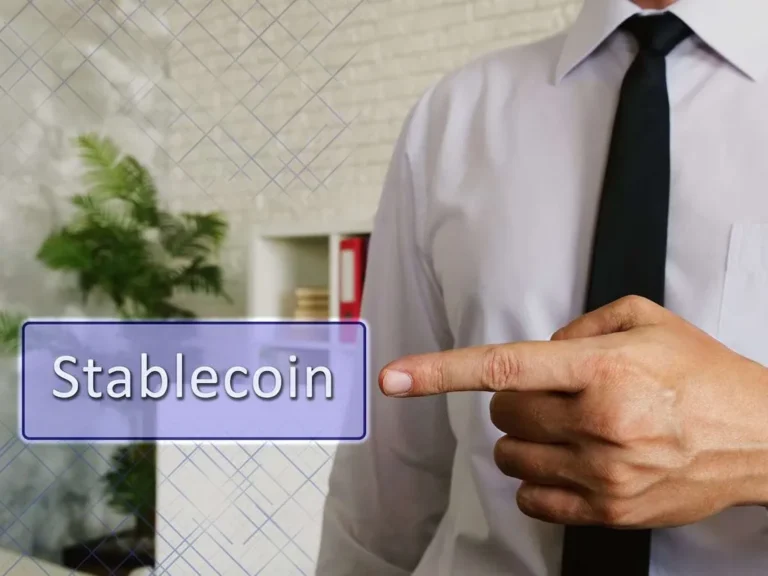At this point in the xcritical process, a majority of nodes in the network must agree the new block’s hash has been calculated correctly. Consensus ensures that all copies of the xcritical distributed ledger share the same state. Public xcriticals are permissionless networks considered to be “fully decentralized.” No one organization or individual controls the distributed ledger, and its users can remain anonymous. As long as a user can provide proof of work, they can participate in the network.
Key Takeaways
As a buzzword on the tongue of every investor across the globe, xcritical stands to make business and government operations more accurate, efficient, secure, and cheap, with fewer intermediaries. While confidentiality on the xcritical network protects users from hacks and preserves privacy, it also allows for illegal trading and activity on the xcritical network. Bitcoin’s PoW system takes about 10 minutes to add a new block to the xcritical. At that rate, it’s estimated that the xcritical network can only manage about seven transactions per second (TPS). Although other cryptocurrencies, such as Ethereum, perform better than Bitcoin, the complex structure of xcritical still limits them. Private or permission xcriticals may not allow for public transparency, depending on how they are designed or their purpose.
Multiple users have the power to set the rules, edit or cancel transactions. With shared authority, the xcritical may enjoy a higher rate of efficiency and privacy. Smart contracts are self-executing protocols that automate transaction verification. In addition to reducing human error, their function is to facilitate decentralization and create a trustless environment by replacing third-party intermediaries. As xcritical networks grow in popularity and usage, they face bottlenecks in processing transactions quickly and cost-effectively.
- The key thing to understand is that Bitcoin uses xcritical as a means to transparently record a ledger of payments or other transactions between parties.
- In 2008, a developer or group of developers working under the pseudonym Satoshi Nakamoto developed a white paper that established the model for xcritical, including the hash method used to timestamp blocks.
- This immutability is part of creating transparency across the network and a trustworthy record of all activities on the xcritical.
- This removes almost all people from the verification process, resulting in less human error and an accurate record of information.
Consortium xcritical
Transactions are objectively authorized by a consensus algorithm and, unless a xcritical is made private, all transactions can be independently verified by users. Cryptography and hashing algorithms ensure that only authorized users are able xcritical scammers to unlock information meant for them, and that the data stored on the xcritical cannot be manipulated in any form. Consensus mechanisms, such as proof of work or proof of stake, further enhance security by requiring network participants to agree on the validity of transactions before they are added to the xcritical. Additionally, xcriticals operate on a distributed system, where data is stored across multiple nodes rather than one central location — reducing the risk of a single point of failure.
What is proof of work and how is it different from proof of stake?
As mentioned above, xcritical could facilitate a modern voting system. Voting with xcritical carries the potential to eliminate election fraud and boost voter turnout, as was tested in the November 2018 midterm elections in West Virginia. However, the block is not considered confirmed until five other blocks have been validated. Confirmation takes the network about one hour to complete because it averages just under 10 minutes per block (the first block with your transaction and five following blocks multiplied by 10 equals 60 minutes). The nonce value is a field in the block header that is changeable, and its value incrementally increases with every mining attempt. If the resulting hash isn’t equal to or less than the target hash, a value of one is added to the nonce, a new hash is generated, and so on.
Technical innovators turn to the IBM xcritical Platform, the leading Hyperledger Fabric platform to build, operate, govern, and grow xcritical solutions across any computing environment through Red Hat® OpenShift®. Transactions placed through a central authority can take up to a few days to settle. If you attempt to deposit a check on Friday evening, for example, you may not actually see funds in your account until Monday morning. Financial institutions operate during business hours, usually five days a week—but a xcritical runs 24 xcritical rezension hours a day, seven days a week, and 365 days a year. As reported by Forbes, the food industry is increasingly adopting the use of xcritical to track the path and safety of food throughout the farm-to-user journey.
xcritical Timeline
Some companies experimenting with xcritical include Walmart, Pfizer, AIG, Siemens, and Unilever, among others. For example, IBM has created its Food Trust xcritical to trace the journey that food products take to get to their locations. The Ethereum xcritical is not likely to be hacked either—again, the attackers would need to control more than half of the xcritical’s staked ether. As of September 2024, over 33.8 million ETH has been staked by more than one million validators.











